From Friends Academy to Broadway to the North Pole
12-18-25
Subscribe
Close
Fill out the form below to receive updates on the latest and greatest within the Friends Academy community.
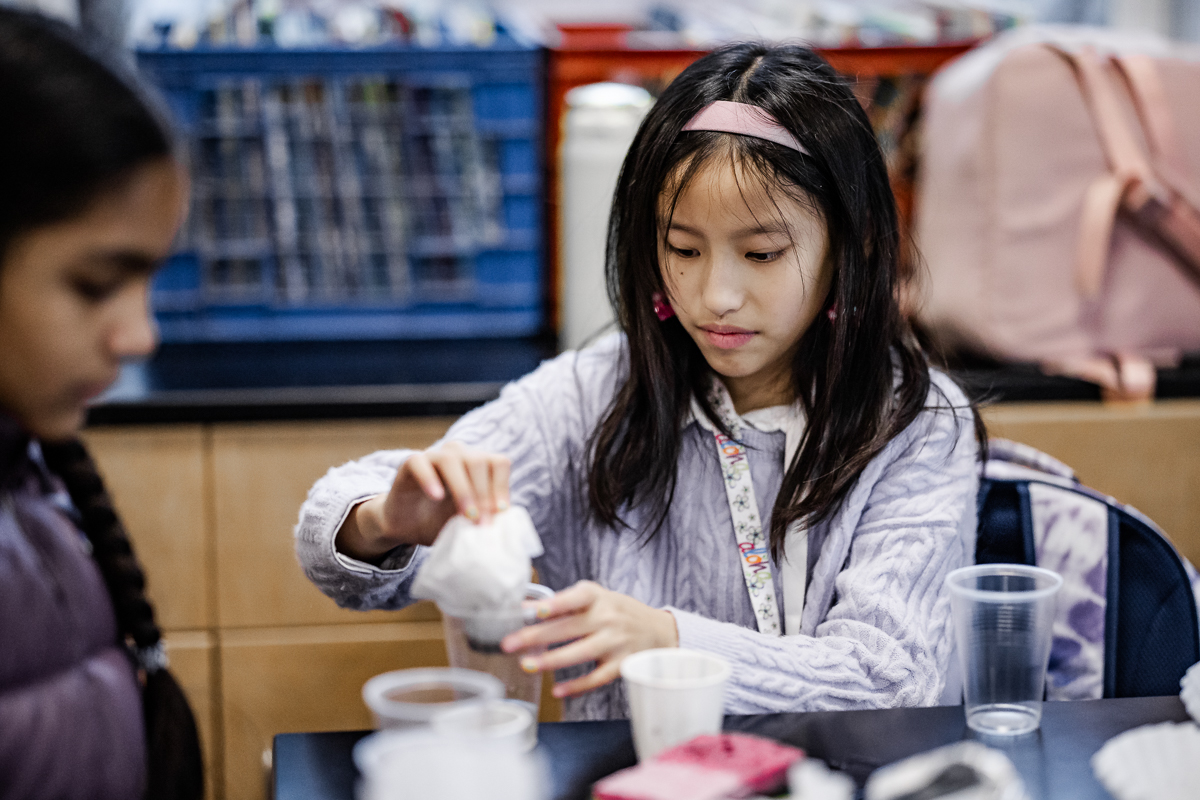
In the center of Science teacher Dan Kriesberg’s classroom sits an innocuous white bucket filled with water.
“Imagine this is a river, hundreds, maybe even thousands of years old,” he tells his fifth-grade students. “And now imagine everything that makes its way into the river over time,” he continues.
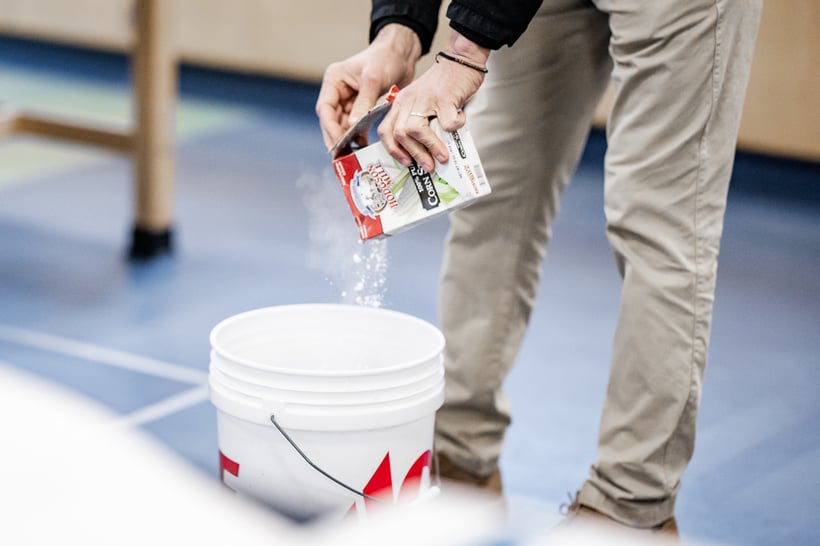
Within seconds, Mr. Kriesberg begins to empty a cadre of substances into the bucket, from Sunchips to plastic, soil to cornstarch, vinegar to fertilizer. Each substance represents a contaminant, either organic or inorganic. And as the clear water begins to darken and swirl, his students crowd around the bucket. “Wait, it’s starting to bubble!” shouts one student. “Wow, this is really unexpected,” observes another.
“Now,” says Mr. Kriesberg, “we’re going to see who can get the cleanest water.”
Offering students an assortment of cleaning tools, from coffee filters, sponges, cups, spoons, and foil, Mr. Kriesberg offers no handy tips or suggestions; instead, he leaves it up to his students’ imagination and scientific curiosity to determine the best way to filter their small samples of contaminated water.
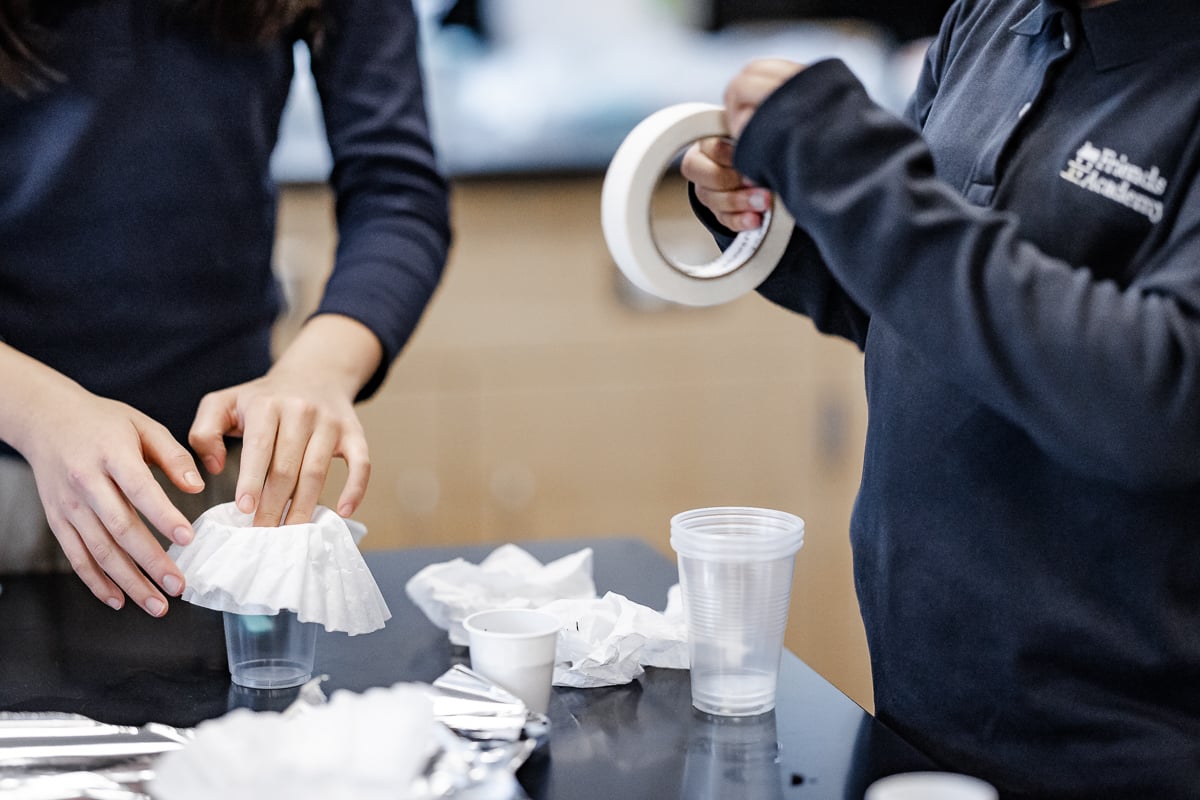
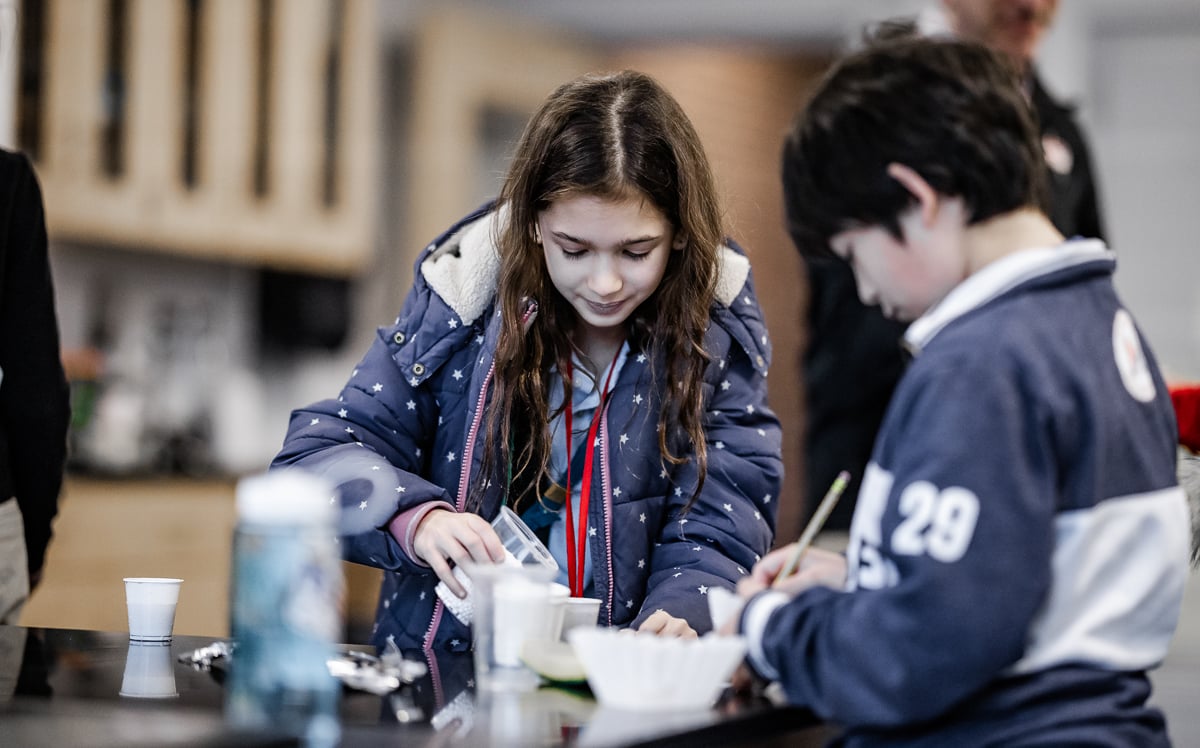
His students waste no time. In small groups, they work together and individually, trying out different methods. One group decides to use a combination of a spoon to remove the larger particulates, a sponge to soak up more particles, and a coffee filter to filtrate the more minute matter. “We are each cleaning our cups of water, but also helping each other out,” reports one student.
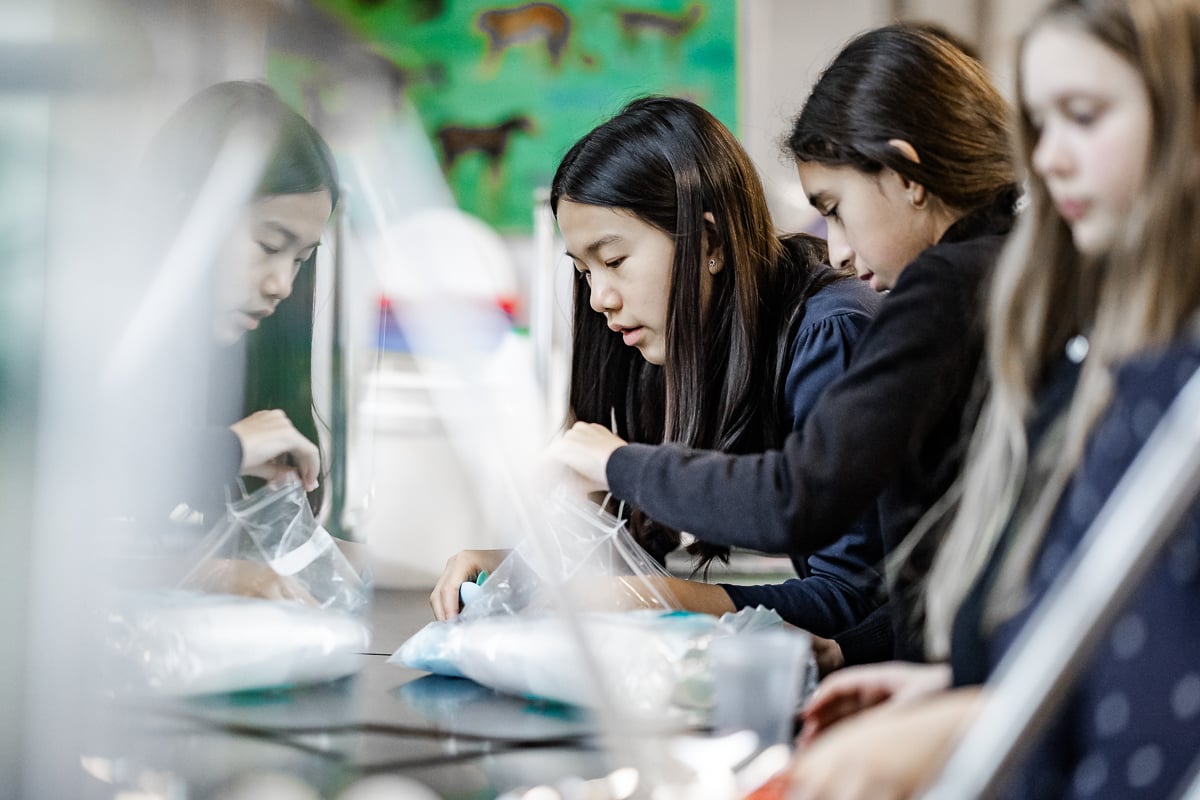
Other groups of students seem to have come to the same conclusion.”“We knew that we needed something to sponge up the dirty stuff and knew that water would always find a way to go through, but that the larger dirt would be too large to get through the microscopic openings,” analyzed a triad of students. “This is definitely not drinkable,” announced another group, “but it’s filtered.” At a far table, a pair of students discuss the idea of refiltrating. ““What we should do is to redo the process to make it cleaner…Right now, would you still drink it?” they ask each other.
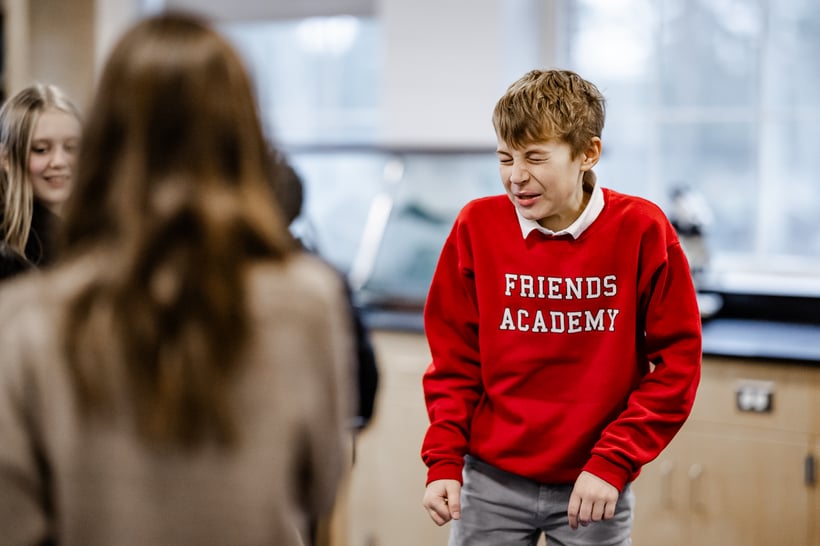
The overall unit on water studies involved a few different strands, beginning with a mystery hypothetical. “There’s this island – one side has a lot of water and the other doesn’t. The students need to figure out why,” said Mr. Kriesberg who added that learning about the water cycle has involved studies about filtration, desalination, and conservation, including designing a house that uses a water conservation system.
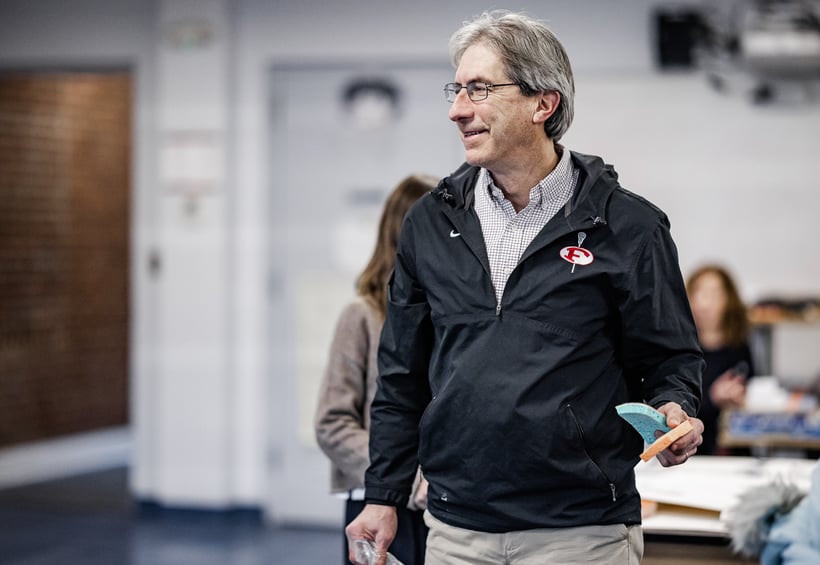
Multiple Quaker Testimonies, including Community, Stewardship, Integrity, and Equity, overlap with each other as they elevate the students’ scientific iteration and findings during this unit. “It’s about caring for the planet, working together in community to problem-solve, and ensuring testing integrity – the water looks clean, but is it truly clean? And is there inequity in terms of access to clean water?” questions Mr. Kriesberg, who believes that creating hands-on experiences are better than just lecturing to students or having them read about it. “In their conversation and discussion, they are going to realize how it’s done in real life,” he said. “There are multiple filters in water treatment plants; the bulky stuff that rises to the top gets scooped out. The water could look perfectly clean, but there are still contaminants.”
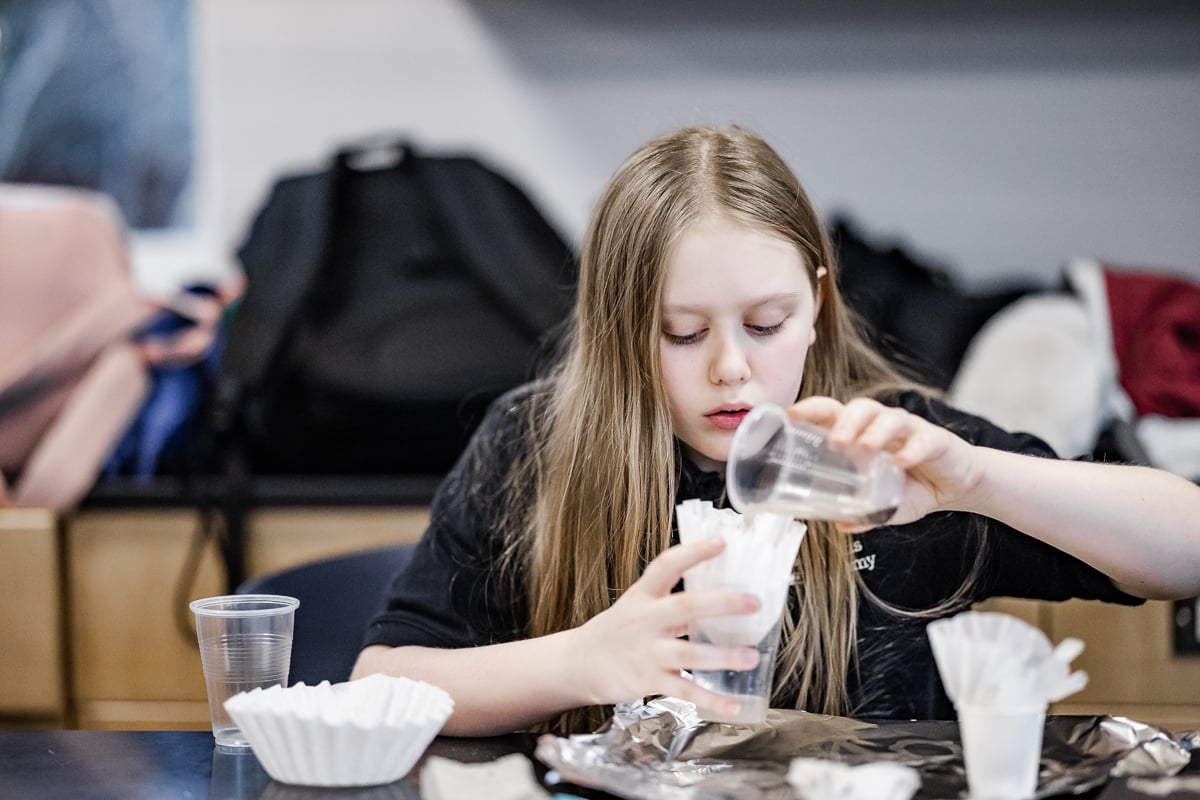
In a separate class on desalination, Mr. Kriesberg threaded Quaker Testimonies through in a manner that markedly impacted process and outcome. “It’s a whole class challenge, and though they can still work in small groups, if one group is able to desalinate into completely fresh water, that is good for us all. I encourage students to use ideas from anyone, which leads to the consensus of the whole class,” he said. Reflection also plays an empowering role in the scientific process. “Midway through we stop and silently reflect on what is being done, new ideas and thoughts – we call this "a moment of science" – and then return to work with a fresh mindset,” he added.
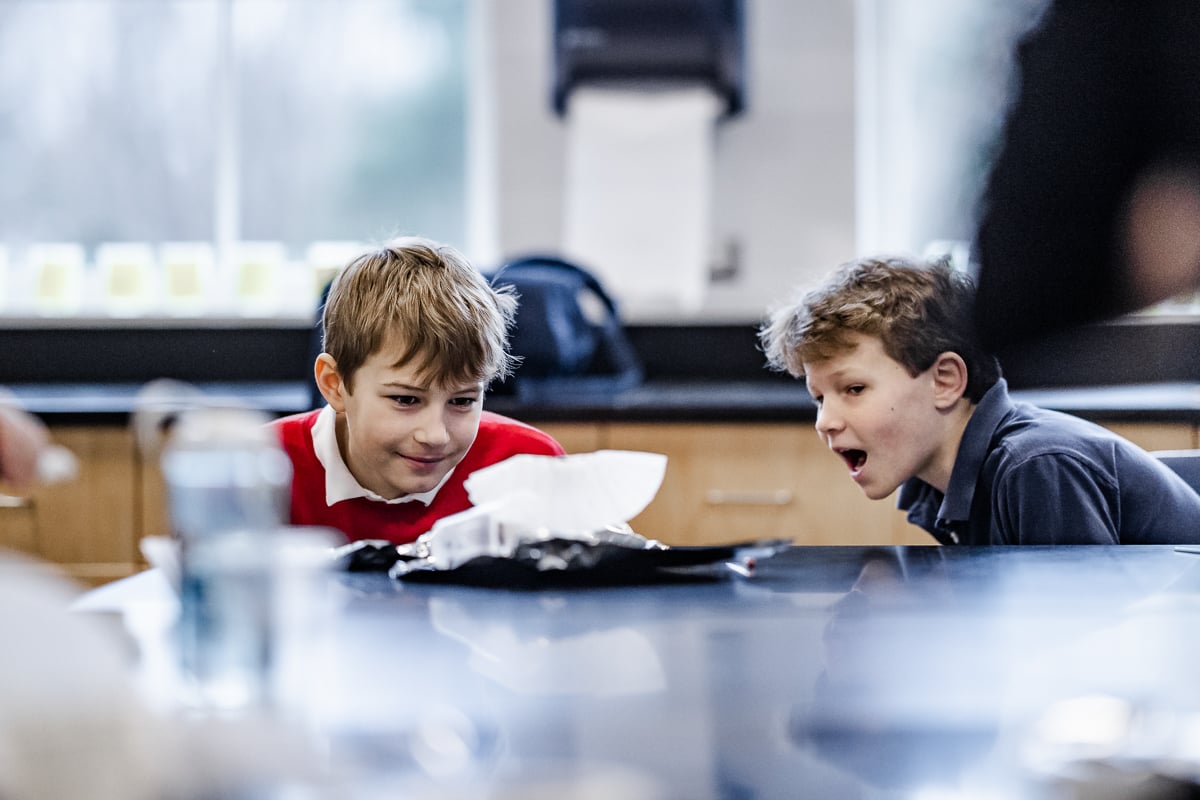
As students return their filtrated water back to a separate basin, Mr. Kriesberg marvels at the visual cleanliness of the samples. “I’m surprised you got the water this clean,” he says as he lets his students know that there will be one more final test of how clean the water is during their next class (adding the indicator Phenol Red to see if the sample is acidic). HIs students agree. “When we saw it bubbling,” stated one, “that was the chemicals dissolving. And they’ve become microscopic, which will fit through any of our filters.”
Photos by Alvin Caal/Friends Academy
Did you enjoy this post? Here are a few more we think you'd be interested in:
Fill out the form below to receive updates on the latest and greatest within the Friends Academy community.